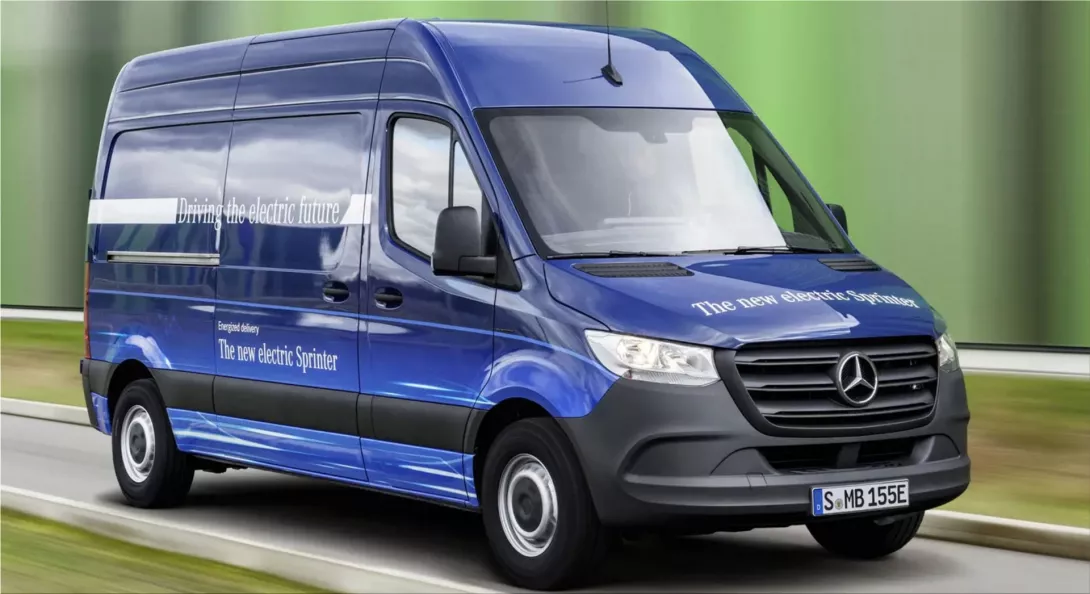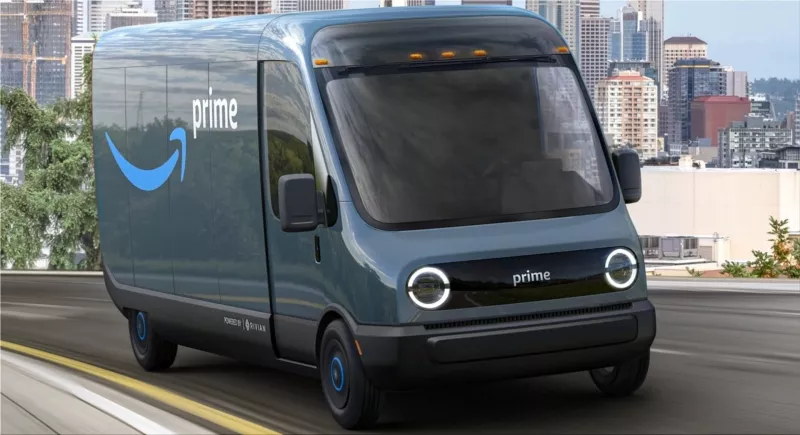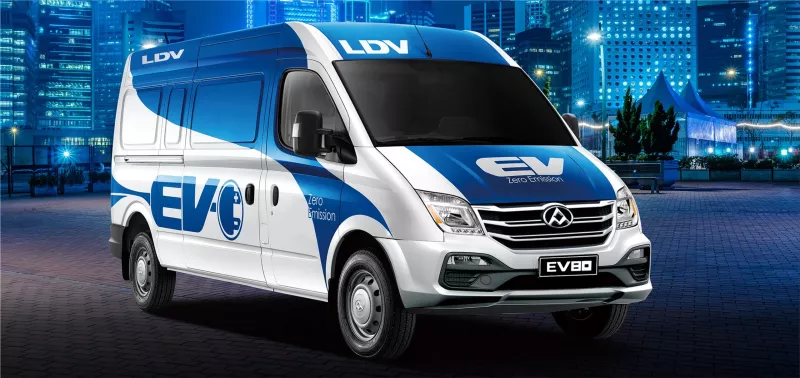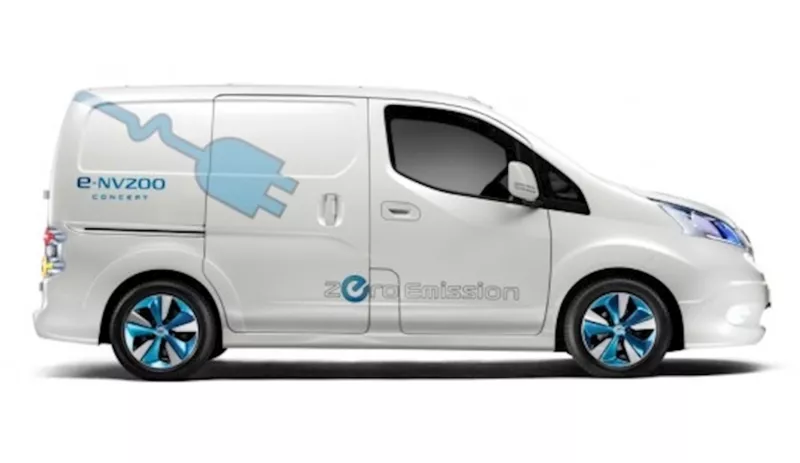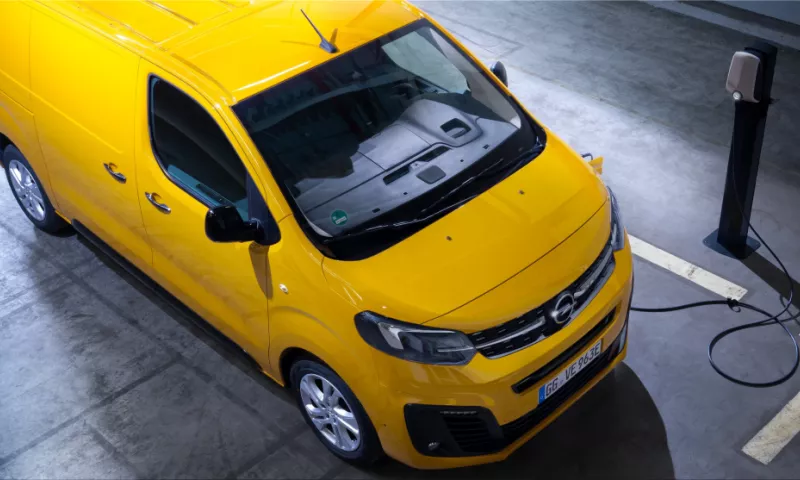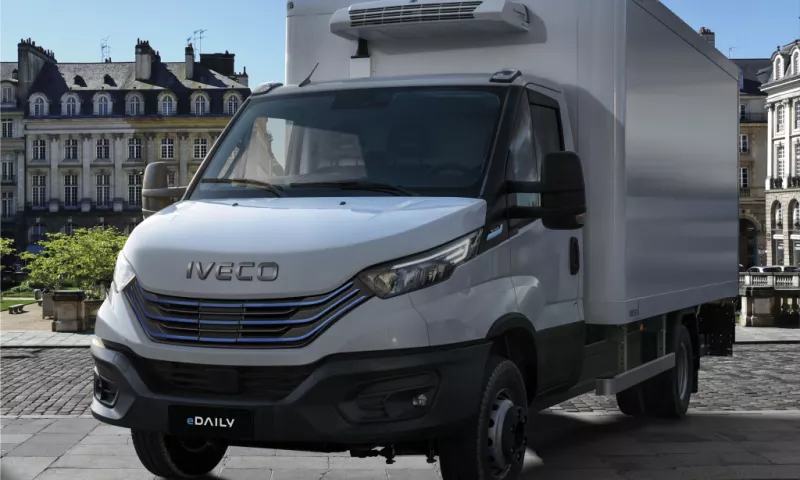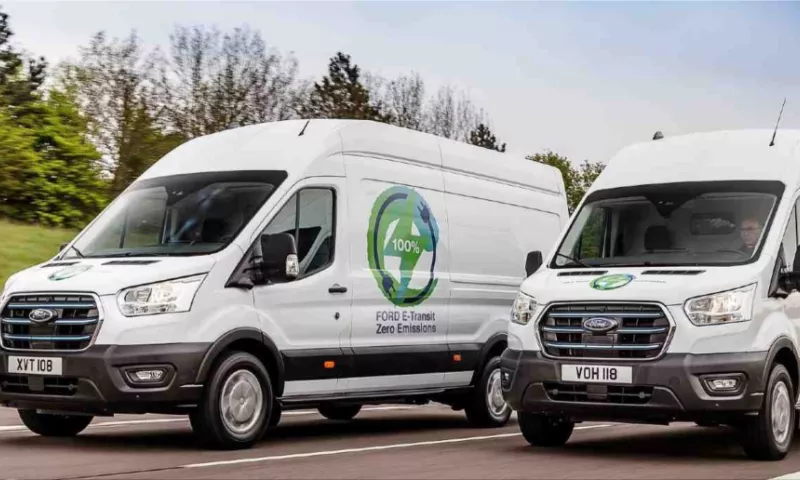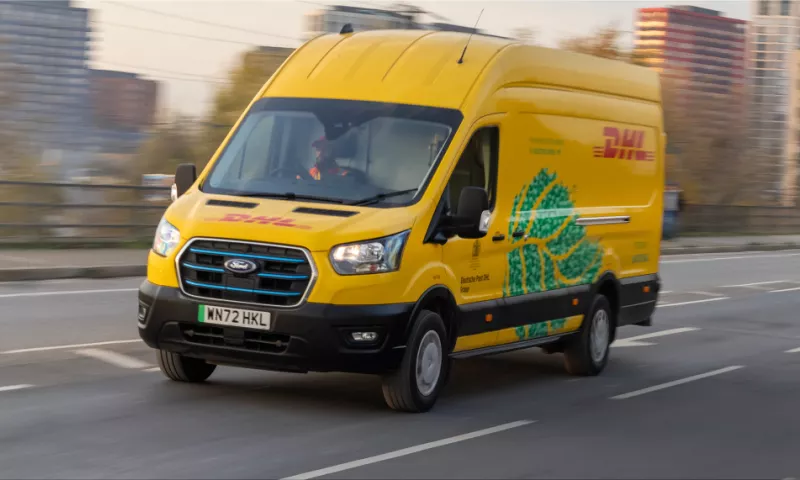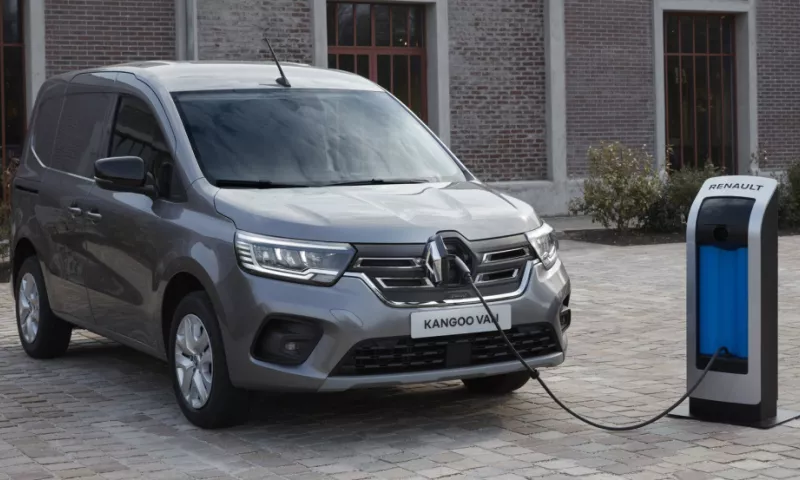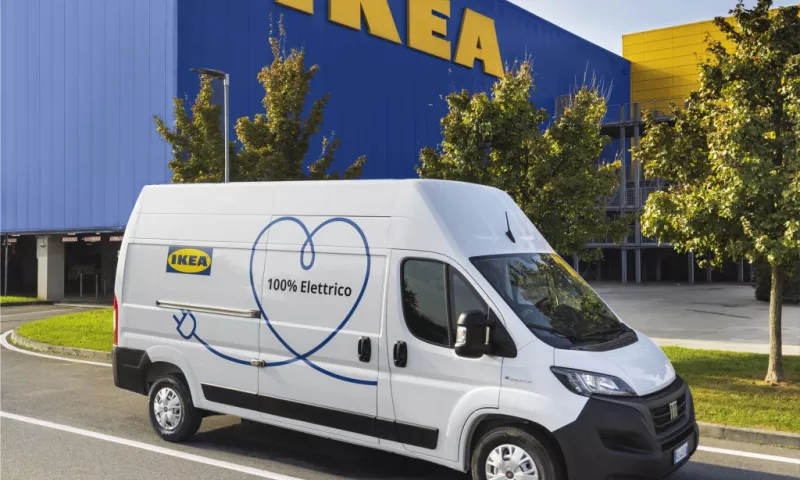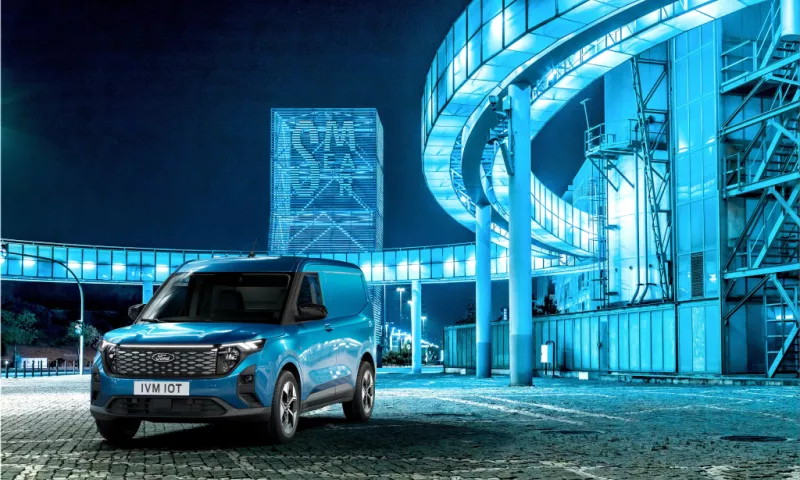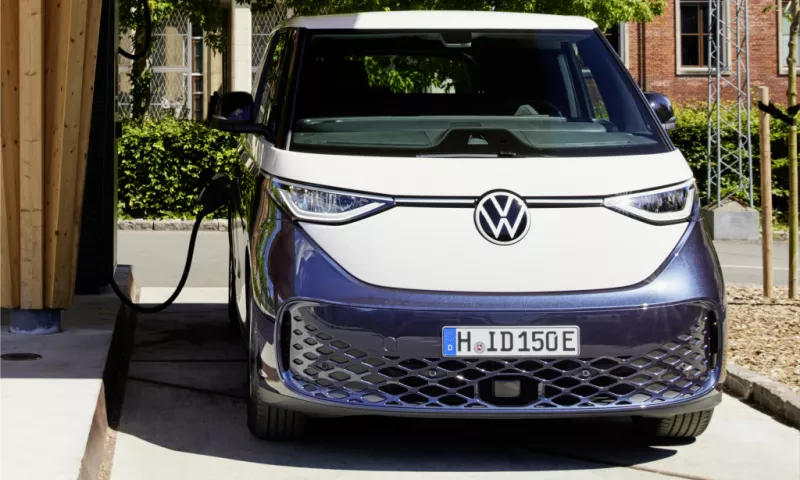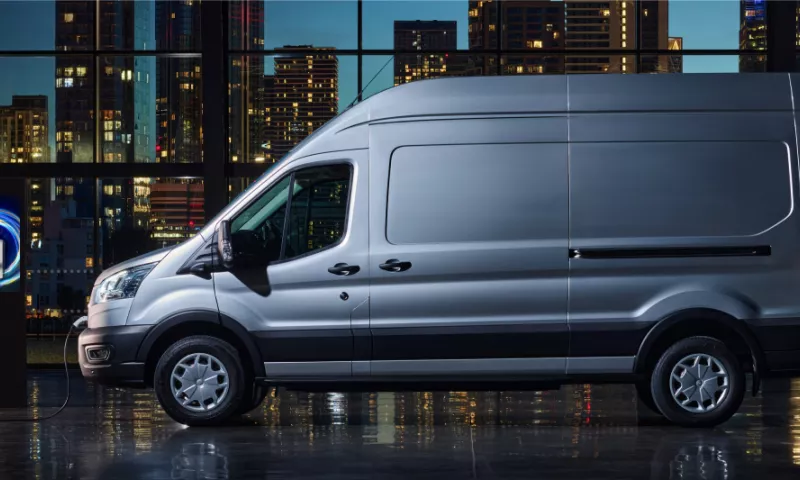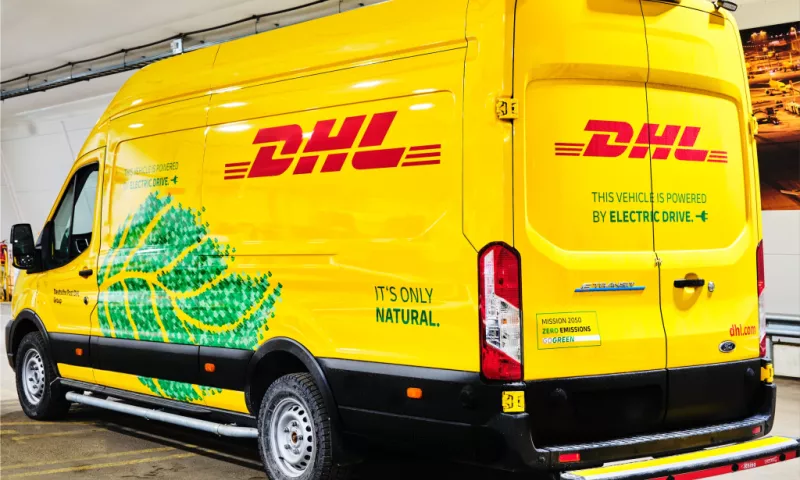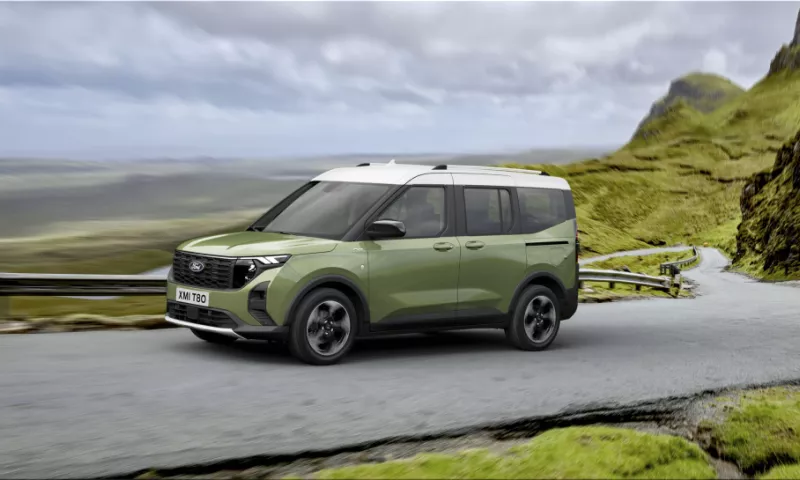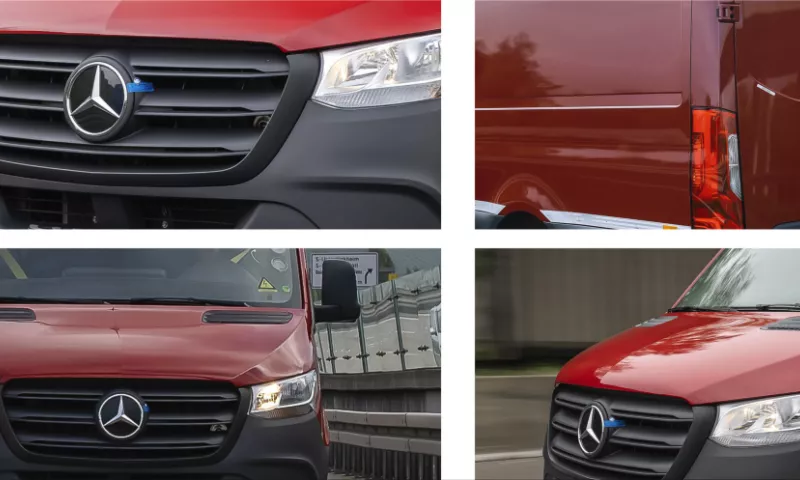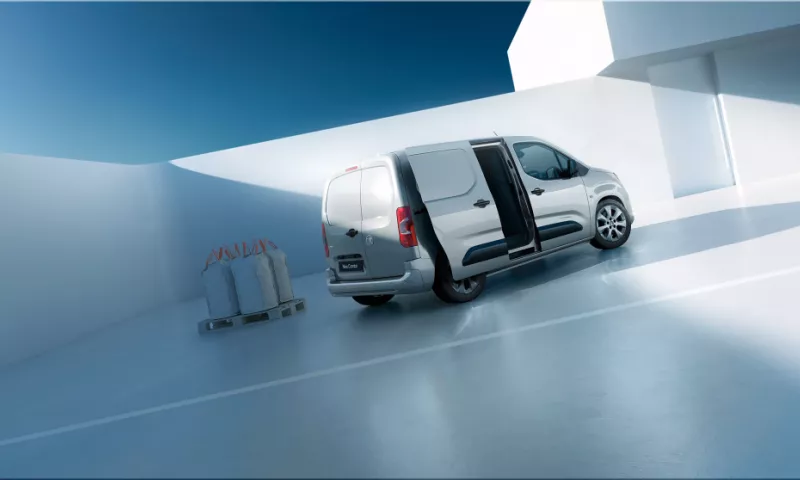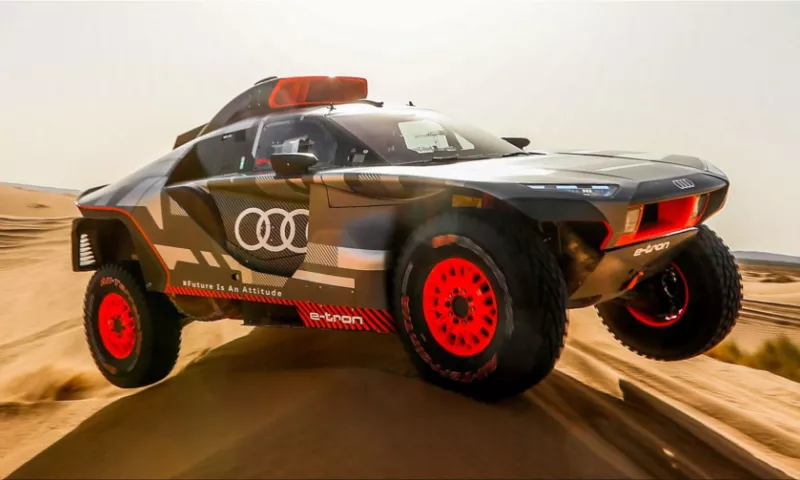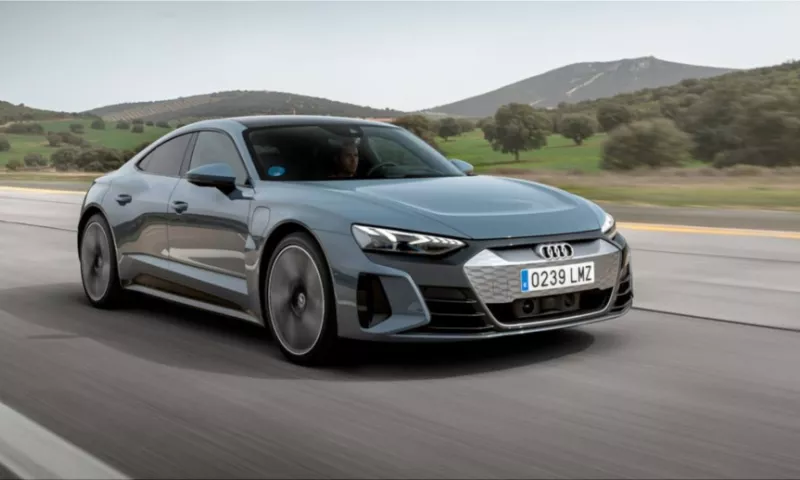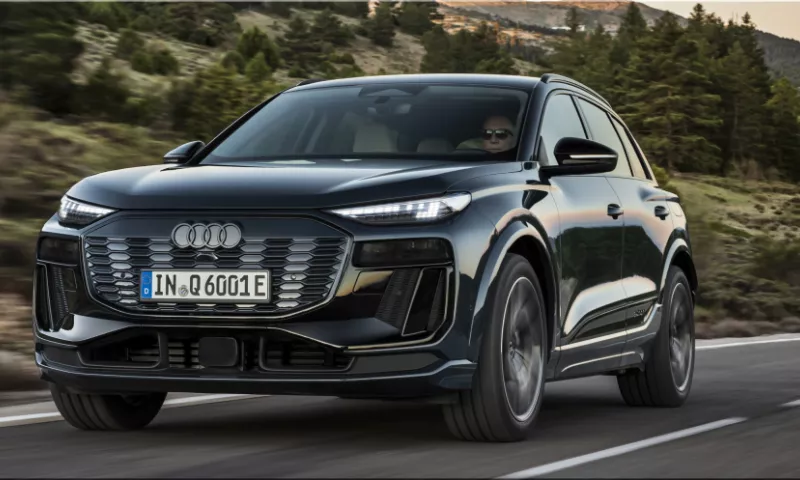More and more enterprises are using electric vans in their everyday operations. However, there is not yet a boom comparable to that in electric cars. According to Carsten Benke from the Central Association of German Crafts (ZDH), this is due to the industry's particular requirements, which the offer has so far not met in many situations.
The use of e-vans in the trade has only developed gradually because the requirements for vehicle technology are more specific there than in the passenger car sector, Benke told the editorial network in Germany. Last year, however, there was a breakthrough. As a result, there is now a more extensive selection of suitable electric commercial vehicles available, at least in the weight class up to 2.8 tons and increasingly also in the direction of 3.5 tons.
In 2019, according to a survey, only 4 % of the vehicles in the trade were equipped with an alternative drive. Current numbers are not available, but an upward trend is rising. German car manufacturers like Audi, Mercedes-Benz or BMW are also moving up in production: while the proportion of electricity in light commercial vehicles up to 3.5 tons was 0.4 % in 2015, it reached 3.9 % in the first quarter of 2021, according to the German Association of the Automotive Industry (VDA).

